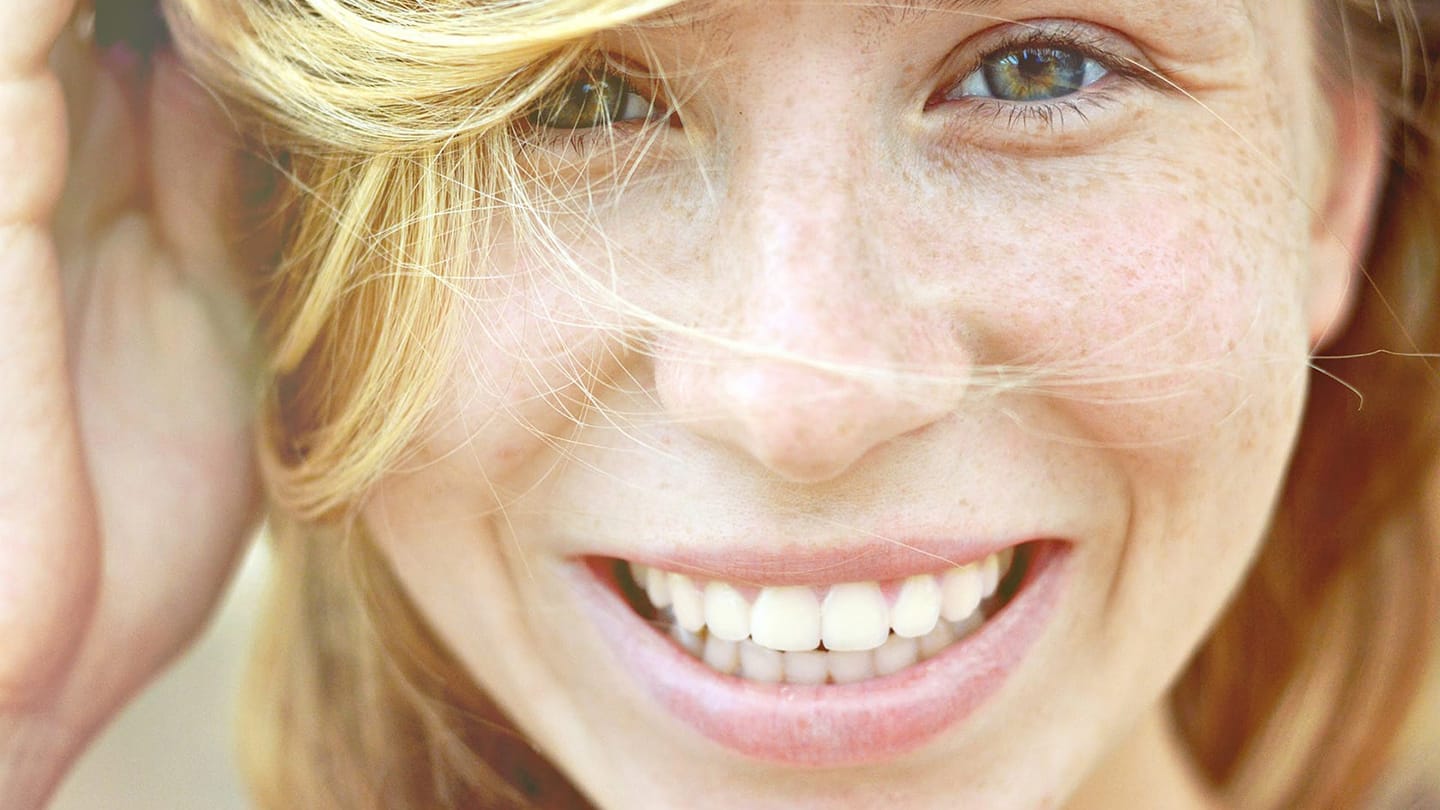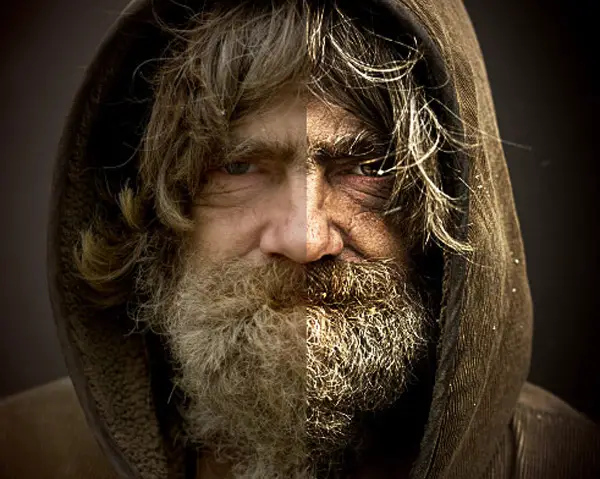
PORTRAIT RETOUCHING TUTORIAL PART 1 PRO
I would suggest buying this PRO tutorial though because it has 3x the instructional videos then many of the other PRO tutorials. If you don’t want to pay for it go to Phlearns’ YouTube channel, all of information is right there for the taking, FOR FREE. I am a huge fan of PHLEARN! For everyone that says that this is too expensive, suck it up. The pictures really, really classed up with the retouching. She understood that there was no way to get the verdant look in a rainstorm. I was bound and determined to make sure that a downpour wedding wasn’t a dud.

Then I bought this course, and during the week of the Honeymoon, I cranked the whole course. I HAD to give the bride something that worked well. I had a wedding that I found out from the groom (a meteorologist, actually) that it was going to pour down rain, ALL DAY, and after I dug myself out of the fetal position an hour later, I devised a plan to make a glamour shoot with some arctic white paper, softboxes, and flashes. Week one out of the course was a success. Aaron simply does it better, and does a better job of making it completely logical. All you need to do is go look at a bunch of other Youtube videos for the same technique that Aaron teaches, and you’ll be saying to yourself, “Uh, that’s not iiiiiiiit.” Don’t learn halfway techniques. I’ve watched a ton of Phlearn videos before buying this. You’re simply NOT going to figure them out on your own. The things that are taught here are not intuitive. If you think you already know frequency separation, and you’re all ‘Yada-yada” about it, you’re just missing out. It did wonders for some of my other work already in the first week. Look forward to going through other tutorials I’ve already downloaded. This is all subjective of course and is probably good to get the point of a technique across, but unless we are doing an illustration, fashion or otherwise, I believe we have an obligation to portray people as they are while still doing our work of idealizing and cleaning up images.

and keep the liquifying on a face to a very minimum. – better in my opinion to use tonal changes along the edges forms to be more subtle about “improving” features etc.

Ie pushing the mouth and nose too freely on a portrait which basically changes the character of a persons bone structure. Teaching style was great – very approachable.Ĭonstructive criticism - some uses of the techniques shown seem a bit heavy handed in my opinion and may lead people to do the same. This is the first tutorial of Aaron’s I’ve gone through and really enjoyed it and would definitely recommend it. Very Good Tutorial! A couple of the techniques were very useful for a current project I had going at the time…thank you.


 0 kommentar(er)
0 kommentar(er)
